Jul 1, 2020
The Disruption of the Restaurant Industry Has Only Begun
When it comes to digital disruption, no industry is safe. Just as Uber, Airbnb, and Netflix unsettled the taxi, hotel, and television industries, restaurateurs have felt the heat as convenience-seeking consumers follow their hunger for instant gratification to the newest trend.
Third-party food delivery apps - that have become so familiar through their bike fleets and fresh branding - such as DoorDash, Deliveroo, and UberEats thrive upon restaurant customers. And yet, these services also deny restaurants the foot traffic that effectively sustains their business model.
The global outbreak of COVID-19 in the early months of 2020 arguably hit the restaurant industry harder than anything imaginable, as lockdowns forced hospitality businesses to close until the pandemic was under control.
Amid the chaos, food delivery apps have been one of the few winners in the sorry state the world is in now. Even as lockdown measures ease (at time of writing), social distancing and public wariness could deter people from visiting restaurants.
So, what does this mean for their future?
In this article, we’ll dig into the turbulent relationship between restaurants and third-party food delivery services to take a look at how it has evolved in recent years, and how the COVID-19 pandemic has shaken the dynamic, potentially transforming the restaurant industry forever.
The Rapid Growth of Food Delivery Apps Before Covid-19
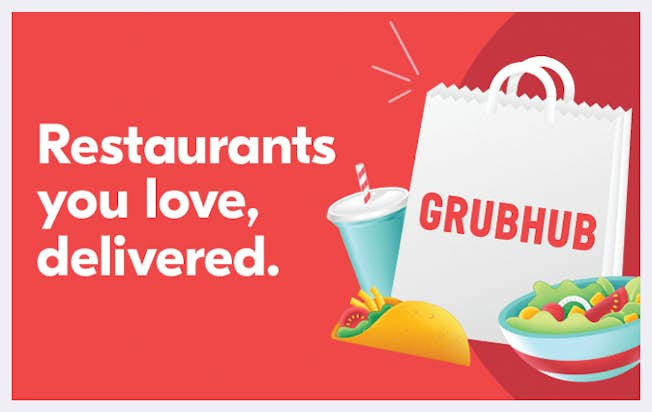
There is an undeniable attraction to convenience and a better customer experience in the 'Netflix n' Chill' age where millennials and Gen Z live on their gadgets, games, and social media. It’s little surprise that restaurants were next on the menu for digital disruption.
People have been getting food delivered since Ancient Rome. In more recent times, Dominos Pizza has been delivery-centric since its launch in 1960. However, it wasn’t until the 2000s that we saw an influx in third-party food delivery apps.
Grubhub launched in 2004, and its success soon brought competitors to the table, as PostMates, DoorDash, and UberEats launched in 2011, 2013, and 2014, respectively.
All of these food delivery companies followed the same blueprint: They identified a gap in the current market, and then slid in between established restaurants and their existing customer base. Suddenly, these companies were siphoning customers away with flash mobile apps and the promise of quick delivery to their doorstep.
Once people learned of the apps, they opted to pick from the options on there rather than go to a restaurant. Then, quite incredibly, these new food delivery startups achieved rapid growth by approaching more restaurants to present the owners with the opportunity to access this exciting new market. Of course, the restaurateurs don’t see it as a new market at all -- it’s their market, which they built over the years.
Restaurants Face Digital Darwinism: Adapt or Die
According to Modern Restaurant Management, 60% of restaurants don’t make it past their first year, and 80% vanish within five years. So, when disruption hit the market, businesses have had to innovate to stay afloat.
While some owners grumbled about the injustice, getting on board with the likes of US/Canada-based DoorDash enables restaurants to continue serving customers, even if the delivery service fees crush the profits in what is already an industry with minimal margins.
Michelle Gauthier owns New York fine-casual eatery, Mulberry & Vine. She explained in a 2018 interview that “as delivery increases, our profitability decreases” because the third-party delivery services claim up to 40% of the revenue on every order. With other costs like staff wages, rent, food supplies, and utilities to pay for, there's not much left over.
“I think we are losing money on delivery orders, or, best-case scenario, breaking even,” she said.
Other restaurants have failed to adapt their business model for delivery. As a result, they've not only been unable to tap into this "exciting new market," but they've also seen sales drop as empty tables become a common sight.
Neither option seems like an appealing choice, and many restaurateurs feel aggrieved that they are in this position. Like many other cases of digital disruption, these realities set the table for animosity between restaurants and delivery companies. The latter was intent on growing and seemingly cared little for the issues it caused along the way.
Delivery Services are Rising Fast, But At What Cost?
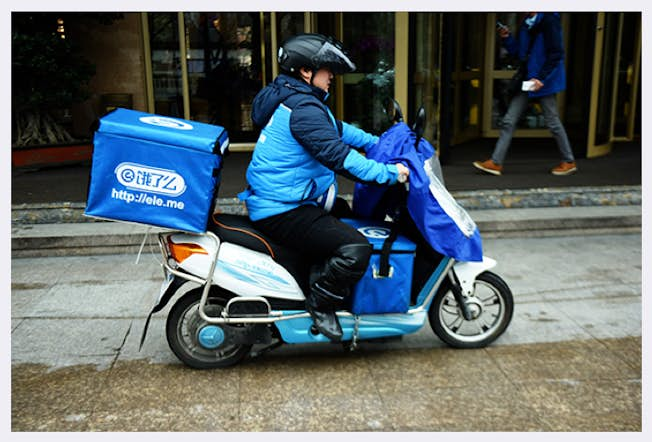
By 2025, the online food delivery market will be worth an estimated $200 billion. Among the top food delivery apps in the world, Zomato was an early front-runner, expanding to 25 countries since its 2008 launch. Swiggy has generated 1.5 million downloads to become the leader in India, while Ele.me rules the roost in China with over 260 million users.
Outside of Asia, the pack is led by Uber Eats, which rode to success on the coattails of its sister app for cars. In North America, there are over ten players in the market, with GrubHub and Doordash holding sway over most of the market.
With the rapid growth, it's clear that the world loves using a mobile app to get food delivered to their homes. However, success is not all it seems.
A report from Wired revealed that while UK food delivery company Deliveroo enjoyed a surge in revenue, jumping 72% to £476 million, its losses also spiked almost 17%, from £199m to £232m.
By pumping funds into a global network to launch in over 250 cities, Deliveroo was growing at all costs. This approach is rarely built for sustainability, and yet, this aggressive growth strategy is a familiar one across the world.
In Lockdown Together: A Brief Hope for Unity is Dashed
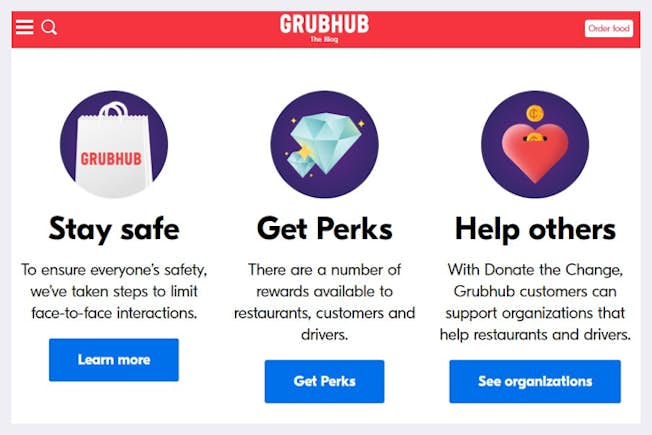
In 2020, as the coronavirus pandemic spread, many restaurant businesses shut down under government orders. During the early days of lockdown, there was a surge in business for food delivery services.
As restaurant owners scrambled to pivot to takeout services and struggled to set up their own delivery system, their former scourge offered them a lifeline by cutting subscription fees.
Grubhub announced they would waive all commission fees during the pandemic, and Uber Eats waived all delivery fees on orders to around 100,000 independently owned restaurants.
Suddenly, former adversaries were united in an effort to keep each other afloat, as restaurants found themselves banking on the unique position of delivery services during the lockdown.
However, mutual efforts to co-exist faded fast, as the underlying tensions bubbled to the surface once more, leaving both industries in peril.
Despite the announcements of reduced fees, and the social media campaigns to #eatlocal and #keeprestaurantsopen, it soon became clear that delivery apps weren’t quite the savior they were portrayed as in recent times.
As everyone realized that GrubHub was not waiving its commissions of up to $100M, but simply deferring them, it begged the question of how good the company’s intentions truly were during the restaurant owners' time of need. Down the line, GrubHub will want that money back.
In April 2020, several restaurateurs filed a class-action lawsuit in a New York federal court, accusing major food-delivery services (including Grubhub, UberEats, and DoorDash) of charging "exorbitant fees" and effecting an “unlawful price restraint” that cripples restaurant businesses.
Restaurants Rebuke Apps to Reinvent Themselves
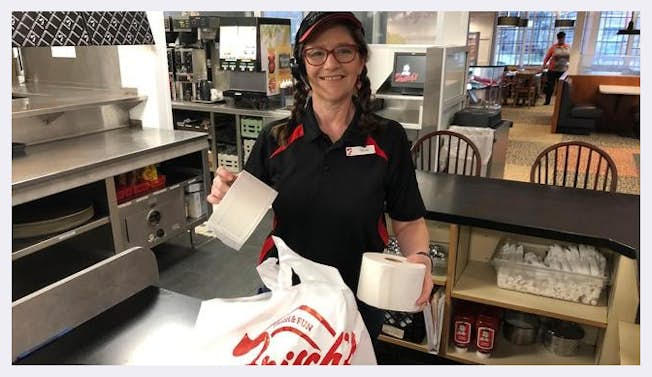
With such a hit to their margins and the prospect of paying fees at a later date, it's little surprise to see many restaurants try to run their own in-house delivery system during the lockdown.
All over the world, restaurants, bars, and cafes have adjusted their business model to offer a takeout or delivery service. Rather than sacrifice a cut to third-party delivery companies, many established restaurants have even reinvented themselves as specialty food stores to generate some income:
Brooklyn ramen spot, Karazishi Botan, offers a takeout menu for dishes that travel especially well. The revised menu focuses on popular dishes and some tweaked, takeout-friendly appetizers like edamame and wings.
In the Midwest, the fast-food chain Frisch’s Big Boy converted 100 restaurants into makeshift corner stores, where visitors could use the drive-thru windows to quickly pick up perishables, fresh produce, and essential goods like cereal, condiments, and toilet paper.
Eric and Jill Skokan are the owners of Black Cat restaurant in Colorado. When lockdown forced them to close, they had to lay off their staff. However, after some brainstorming, the Skokans reopened as a farm stand, re-employing their staff to run an online store selling products from their freshly-grown produce.
A number of UK restaurants also worked quickly to adapt their offerings. The Moorcock in West Yorkshire is known for its trendy twist on Nordic cuisine. During lockdown, it offered wood-fired pizza and ice-cream takeaway.
As restaurants pivot their model and push back on delivery services, the innovative apps are being starved of the very products that make their mobile apps so tempting.
The Giants Enter the Food Fight
Among the many startups in the food delivery market, the most successful ones are those with the deepest pockets. Therefore, it's little surprise that some of the world's biggest companies are now at the table.
Just when it seemed Deliveroo’s goose was cooked, the company received backing to the tune of $575 million from Amazon. This puts the world’s leading online retail business in direct competition with Uber and GrubHub. And then, there’s Google.
In May 2019, TechCrunch reported that the search engine giant announced it would enable users to order food directly from Google Search, Maps, and through its AI Assistant.
Reports from NY Post in late 2019 revealed that Uber’s stock was down 30% since the company went public, and GrubHub’s stock fell over 40% in October. While it was just meant to partner with third-party companies like DoorDash initially, these figures suggest that Google is out to grab a bigger piece of the pie.
As the Battle Heats Up, Some Will Get Burned
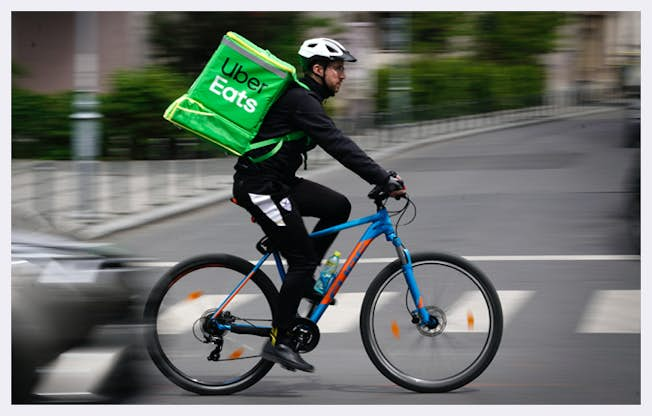
Restaurants are integral to every country's culture, paving the way for human connection and moments that last long in the memory.
Now, as an unprecedented global pandemic puts a stranglehold on the industry, opportunistic digital disruptors circle, looking for ways to profit from the crisis. Unfortunately, this innovation is doing little to help struggling restaurateurs, their staff, or the quality of food. And then, there’s the restaurant experience itself.
According to the American National Restaurant Association alone, 75% of independent restaurants that closed during lockdown will never open again. For now, food delivery apps are one of the few winners during the lockdown, but without a close relationship with restaurants, these apps will also flounder.
As the world attempts to recover from the impact of COVID-19, the war for the food delivery market is sure to continue. As restaurants reopen, social distancing reduces the number of people they can allow inside. Many may struggle to turn a profit, unless they have plenty of space like an outdoor beer garden, and the atmosphere of the experience is bound to change.
Going forward, eating out at restaurants will undoubtedly be different than we all remember. Let's hope it's not a thing of the past
Related
Upgrade to Power Membership to continue
your access to thousands of articles, toolkits, podcasts, lessons and much much more.
Become a Power Member- Login
- View Courses
- - - -
- Courses
- Resources
- - - -
- My Account
- Change Password
- Logout





